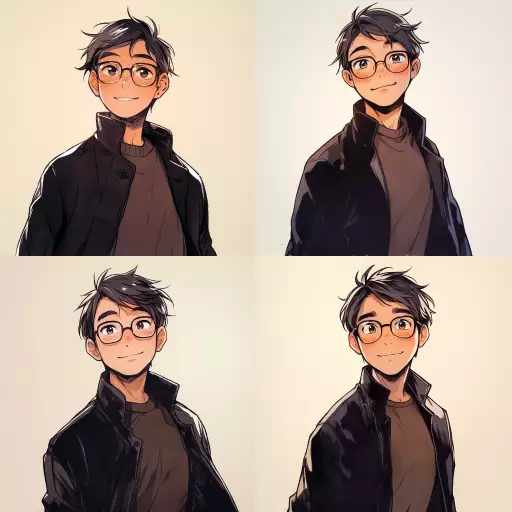Explore the Best AI Image Gallery

Where Art Meets Technology: Exploring the Impact of AI Image Creation Tools
The realm of digital art is undergoing a seismic shift with the emergence of AI image creation tools. These sophisticated algorithms, capable of generating stunning visuals from textual prompts, are blurring the lines between human and machine creativity, sparking both excitement and debate within the creative industry. This blog post aims to navigate this evolving landscape, exploring the multifaceted impact of AI image generation on art, design, and beyond.
A New Era of Artistic Expression
AI image creation tools empower artists with unprecedented capabilities. They can conjure imaginative concepts, experiment with diverse styles, and rapidly iterate through designs, freeing up valuable time for conceptualization and refinement. Aspiring artists without technical skills can now translate their visions into tangible artwork, democratizing access to creative expression.
Beyond Artistic Boundaries: Diverse Applications
The potential applications of AI image generation extend far beyond the realm of fine art. In advertising and marketing, brands can create captivating visuals for campaigns tailored to specific demographics and preferences. Game developers can populate virtual worlds with realistic characters and environments, while architects can visualize innovative designs in immersive 3D models. The possibilities seem limitless.
Navigating the Ethical Landscape
While AI image creation tools offer immense potential, their rise raises important ethical considerations. One key concern is the potential for misuse, such as generating deepfakes that can spread misinformation or create harmful content. Its crucial to establish guidelines and regulations to ensure responsible development and deployment of these technologies.
Another ethical dilemma involves copyright and intellectual property. When AI algorithms learn from existing artwork to generate new images, questions arise about ownership and attribution. Clear frameworks are needed to address these complexities and protect the rights of artists.
The Future of Creativity: Human-AI Collaboration
The future of creative endeavors likely lies in a symbiotic relationship between human imagination and AI assistance. Rather than viewing AI as a threat, artists can embrace it as a powerful tool to augment their creativity. By leveraging AIs ability to process vast amounts of data and generate novel concepts, humans can focus on higher-level tasks such as conceptualization, storytelling, and emotional resonance.
AI image creation tools are poised to revolutionize the creative landscape, offering exciting possibilities for artistic expression, innovation, and collaboration. As we navigate this transformative era, it is essential to engage in thoughtful discussions about the ethical implications and ensure that these technologies are used responsibly to empower and inspire human creativity.